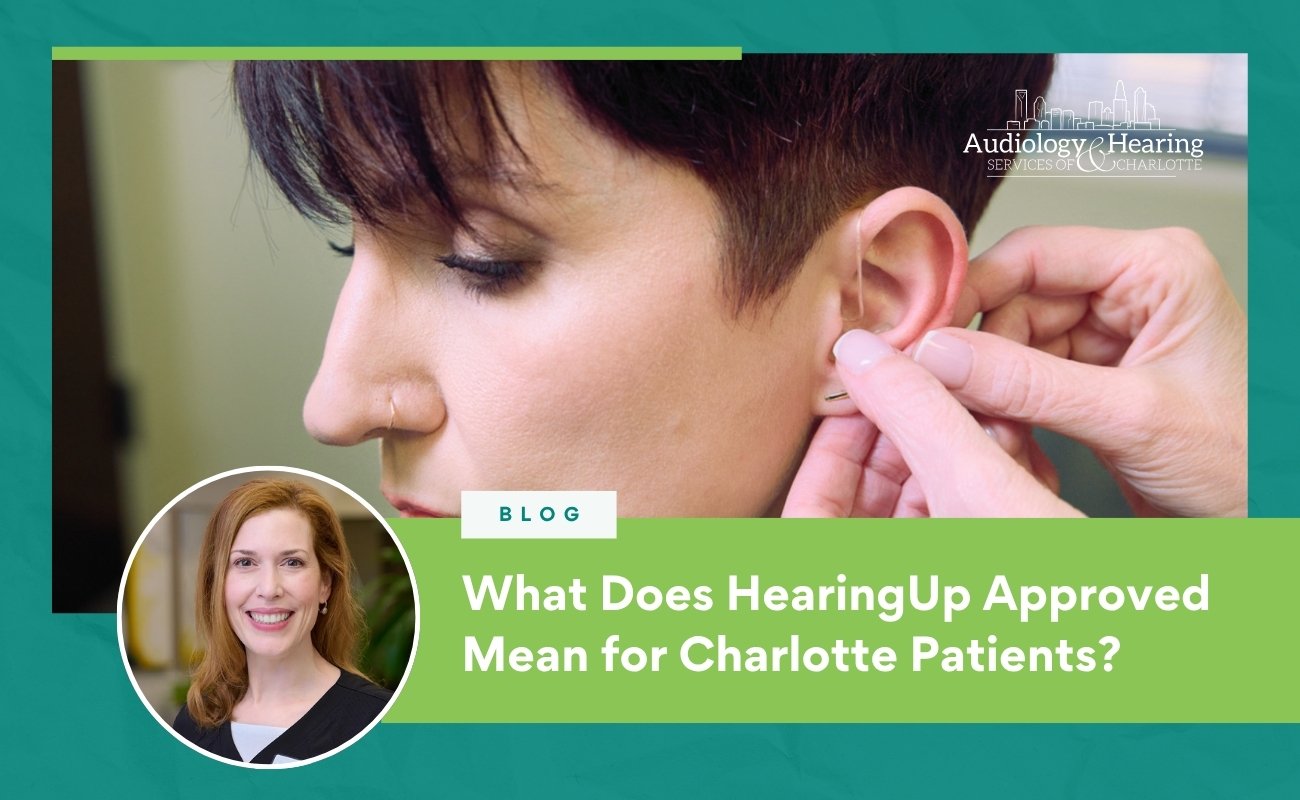
When Should You Consider Upgrading Your New Hearing Aids

You certainly don’t want to spend unnecessarily on a new pair of aids when it comes to hearing aid upgrades. As long as your current hearing aids meet all the necessary criteria, you can continue using them for years.
However, it’s essential to pay attention to problems or changes that might mean it’s time for an upgrade. There is no set rule for how often you need to upgrade your hearing aids, but there are some general principles to determine if you’ve overextended their usefulness for your life and hearing.
Let’s look at a few considerations that could affirm that your hearing aids are in good working order or if you need to open yourself up to the possibility that the time for change has come!
Your existing hearing aids are beyond repair
The first warning sign that you might need an upgrade is a problem with functionality. If your aids aren’t doing what they should, you need to get them either repaired or replaced with a new device in proper working order.
Some common problems with hearing aids can be resolved through simple maintenance and cleaning. A simple wipe-down with a clean, dry cloth can reveal waxy buildup that creeps on the active components of the aids. If you notice that the microphone or speaker of the aids seems to be obscured by dirt, debris, or earwax, use that cloth to wipe it away gently. Cleaning kits are available over the counter to assist with other cleaning practices, and some of these tools can help you get into hearing aid compartments without damaging them.
Moisture is another risk for hearing aids. You might have suffered some rust or corrosion in the inner compartments of the aids over time, mainly if you live in a humid climate or accidentally submerged your aids in water. If your attempts at cleaning and drying your aids don’t restore their normal functioning, then it is time to contact your hearing healthcare provider to inquire about repair or replacement options.
Your hearing needs have changed.
If you can tell that your hearing ability has changed, you might need to upgrade your aids. New aids, however, are not always necessary in this case. The first step is to schedule a hearing test with your Audiologist. This test will be an opportunity to diagnose any changes in your hearing ability since the time you got your hearing aids.
Your Audiologist can change the settings on your existing hearing aids to get you back into a state of clear communication and hearing. However, for some people whose hearing loss has advanced, a more powerful set of hearing aids could be necessary to amplify sound to the proper level. After your hearing test, your hearing care provider can walk you through all these decisions about which devices best suit your needs, lifestyle and budget.
Your custom-fit hearing aids don't fit anymore.
Hearing aid users who have custom in-the-ear hearing aids or ear molds for behind-the-ear hearing aids may find that their hearing aids don't fit in their ears as well as they used to.
What causes this to happen? People who have lost 5 to 8 pounds or more may notice that their hearing aids don't fit well. This loose fit may also cause whistling or feedback sounds.
Aging can also alter ear sizes. The cartilage in your ears and nose keep growing as you age. Because of gravity, your ear lobes may get longer. You may have noticed that your ears are more prominent than they were ten years ago.
In these two instances, it might be time to get a new hearing aid that fits your ears' new size.
You're looking for the latest features.
Even if your aids are functioning at a minimum and your hearing prescription has stayed the same, new features may be available in hearing aids that you’d like to explore.
The latest hearing aids are indeed “smart” devices, adapting automatically to the sound profile of the place you find yourself. For some devices, you can use a smartphone app to set frequent zones requiring a different hearing profile, such as a quiet home versus a noisy restaurant where you like to go with family and friends.
Other attractive features include Bluetooth compatibility and the ability to sync media directly to your aids. With this feature in action, you can make sure that your phone ringer, notifications, and even music, podcasts, audiobooks, and television sound can stream directly to your hearing aids without needing to be amplified into the room first. This feature allows you to combine environmental hearing assistance with the benefits of a pair of Bluetooth headphones in one.
If these features appeal to you, you might want to inquire about what it would take to make an upgrade happen soon!

Melissa Karp is a board-certified audiologist with special expertise in tinnitus treatment, auditory processing disorder (APD) evaluation, hearing aid fitting and aural rehabilitation.

Related blog posts
Contact us
Get in Touch
Ready to start your journey to better hearing?



Charlotte, NC 28226



